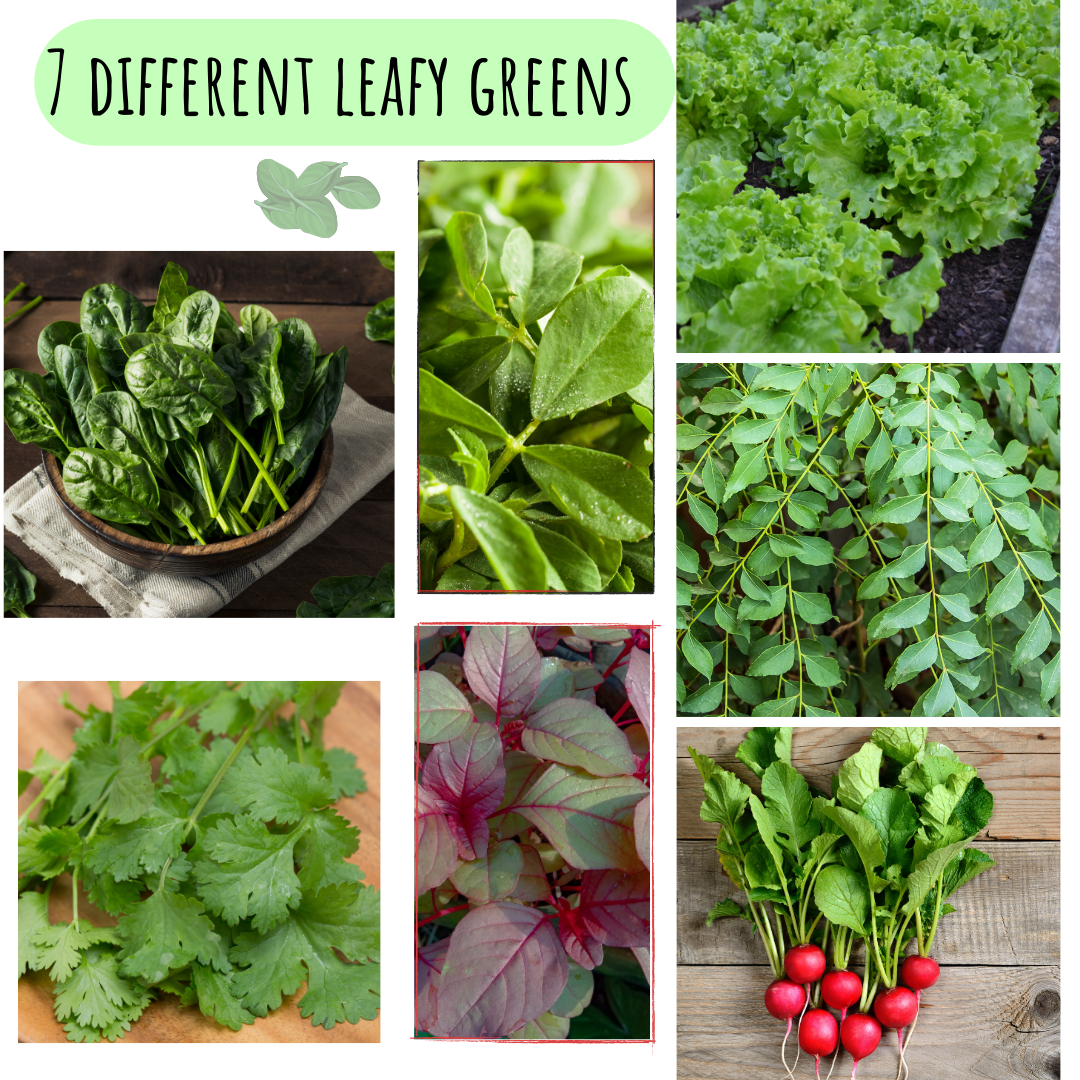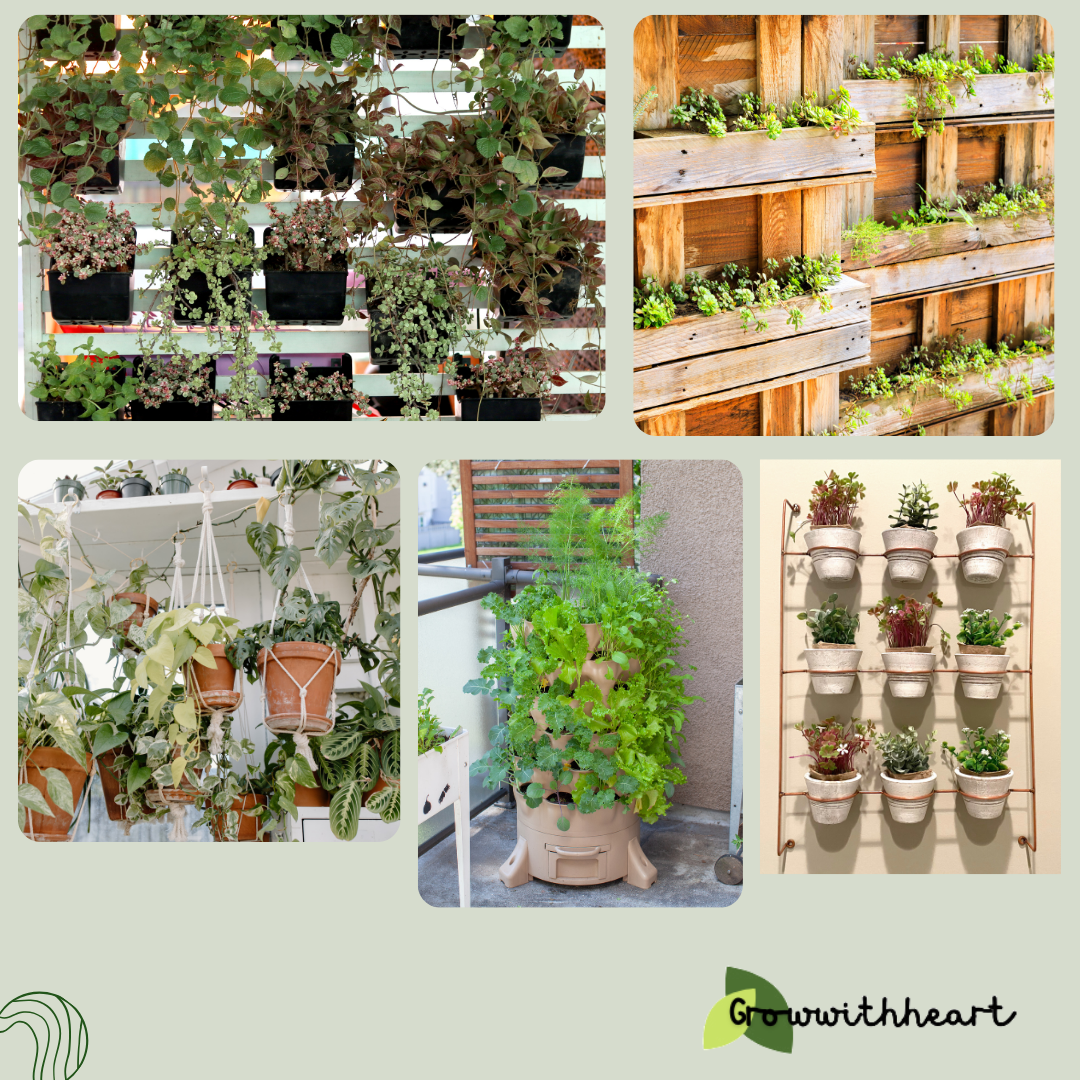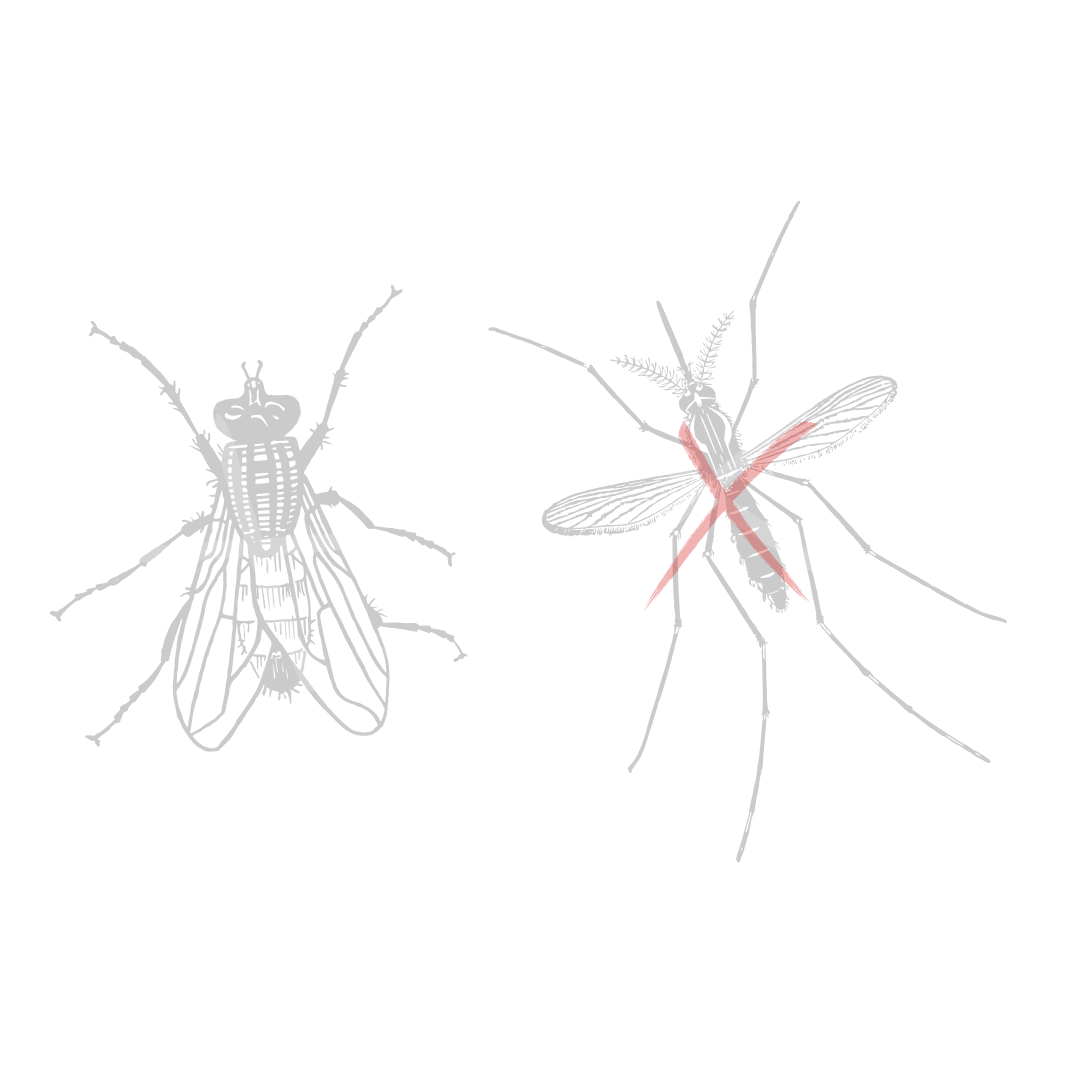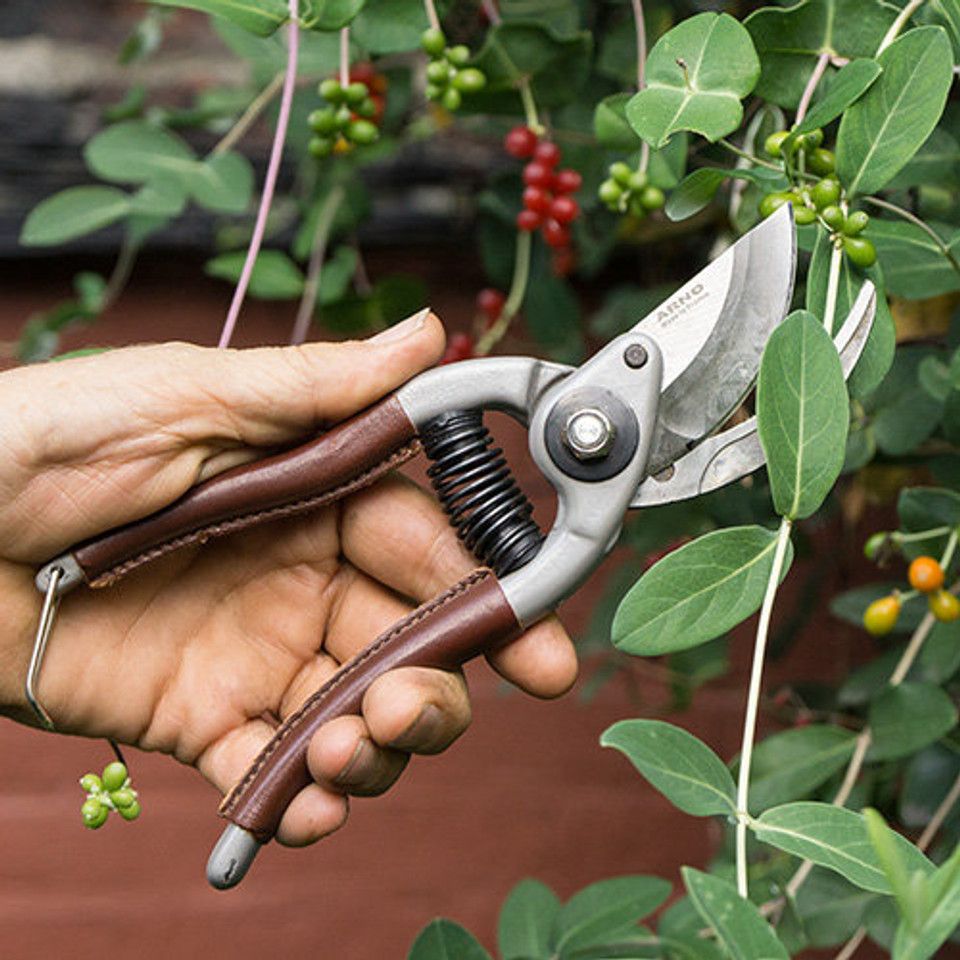11 common mistakes to avoid in vertical gardening :
Vertical gardening is a modern solution for maximizing space in urban settings, enabling plants to grow upwards.
However, common Mistakes to avoid is important for success. This guide highlights essential tips, from choosing suitable plants and ensuring sturdy support structures to managing sunlight and soil quality.
By mastering these practices, and By avoiding these 11 common mistakes, you can cultivate a thriving vertical garden, whether for food production or decorative purposes.
1. Choosing the Wrong Plants
When starting a vertical garden, one of the most critical decisions is choosing the right plants. Opt for lightweight varieties with shallow roots that thrive in vertical environments.
Must Read➡️ Here is how to choose right plants for your vertical garden
Herbs like basil and mint, leafy greens such as lettuce and spinach, compact fruits like strawberries, and small flowering plants are excellent choices.

Avoid heavy plants or those with deep root systems, as they can strain your vertical structure and impede growth.
Table of Contents
Toggle2. Inadequate Structural Support
A sturdy support structure is essential for the success of your vertical garden.

Insufficient support can lead to collapse under the weight of soil and plants, especially as they grow. Use durable materials like treated wood, metal, or strong plastics for your vertical setup.
Ensure proper anchoring and reinforcement to withstand the weight and pressure over time.
3. Ignoring Sunlight Requirements
Sunlight is crucial for plant growth, even in vertical gardens. Placing your garden in a shaded area will limit plant productivity and health.
Ensure your vertical setup receives at least 6-8 hours of direct sunlight daily.
For indoor gardens, consider using grow lights to supplement natural light and meet your plants’ needs.
4. Improper Watering Techniques
Watering is another area where mistakes can impact vertical gardens.
Overwatering or underwatering can lead to stressed plants and reduced yields. Install a drip irrigation system for consistent moisture delivery without waterlogging.
Regularly check soil moisture levels and adjust your watering schedule as needed, considering that vertical gardens may dry out faster due to their vertical orientation.
5. Poor Soil Quality
The quality of soil directly affects plant health and growth.
Avoid using low-quality or compacted soil, as it can hinder root development and nutrient absorption. Choose well-draining potting mixes rich in organic matter.
Enhance soil fertility by adding compost or organic fertilizers regularly to support vigorous plant growth in your vertical garden.
6. Neglecting Pest Management
Pests can quickly infest vertical gardens and damage plants if not addressed promptly.
Regularly inspect your plants for signs of pests like aphids, mites, or caterpillars.

Implement integrated pest management strategies using natural remedies like neem oil or insecticidal soaps. Introduce beneficial insects like ladybugs to control pest populations effectively.
7. Inadequate Pruning and Maintenance
Regular maintenance is essential for the health and productivity of your vertical garden.
Prune plants to promote airflow and prevent overcrowding, which can lead to disease.

Remove dead or yellowing leaves promptly to maintain plant vigor. By staying proactive with maintenance tasks, you’ll ensure a thriving vertical garden throughout the growing season.
8. Overcrowding Plants
Proper spacing is crucial in vertical gardening to avoid overcrowding.
Planting too closely can lead to competition for nutrients, sunlight, and space, resulting in stunted growth and increased susceptibility to pests and diseases.
Follow spacing recommendations for each plant type to optimize growth and maximize productivity in your vertical garden.
9. Choosing Unsuitable Containers
The choice of containers plays a significant role in the success of your vertical garden.

Ensure containers have adequate drainage to prevent waterlogging, which can suffocate roots and lead to plant stress. Select containers appropriate for the size and root depth of your plants.
Consider using hanging baskets, wall-mounted planters, or tiered systems designed for vertical gardening to maximize space and efficiency.
10. Ignoring Climate Considerations
Climate conditions impact the success of vertical gardening.
Choose plants adapted to your local climate and microclimate conditions. Consider using shade cloths, windbreaks, or frost covers to protect plants from extreme temperatures and weather fluctuations.
Understanding and accommodating climate factors will help maintain optimal growing conditions and support healthy plant growth in your vertical garden.
11. Lack of Proper Planning
Effective vertical gardening requires thorough planning and preparation.
Consider factors like plant selection, sunlight exposure, watering systems, and structural support before setting up your garden.
A well-planned vertical garden is easier to maintain and more likely to thrive, providing you with a bountiful harvest throughout the growing season.
Conclusion
Avoiding these 11 common mistakes in vertical gardening can significantly improve your gardening experience and yield better results.
By choosing suitable plants, providing adequate structural support, ensuring proper sunlight exposure and watering techniques, maintaining soil quality, managing pests, and planning effectively, you can create a productive and visually appealing vertical garden.
Embrace innovative farming practices to maximize space and enjoy the benefits of fresh, homegrown produce right at your fingertips.
